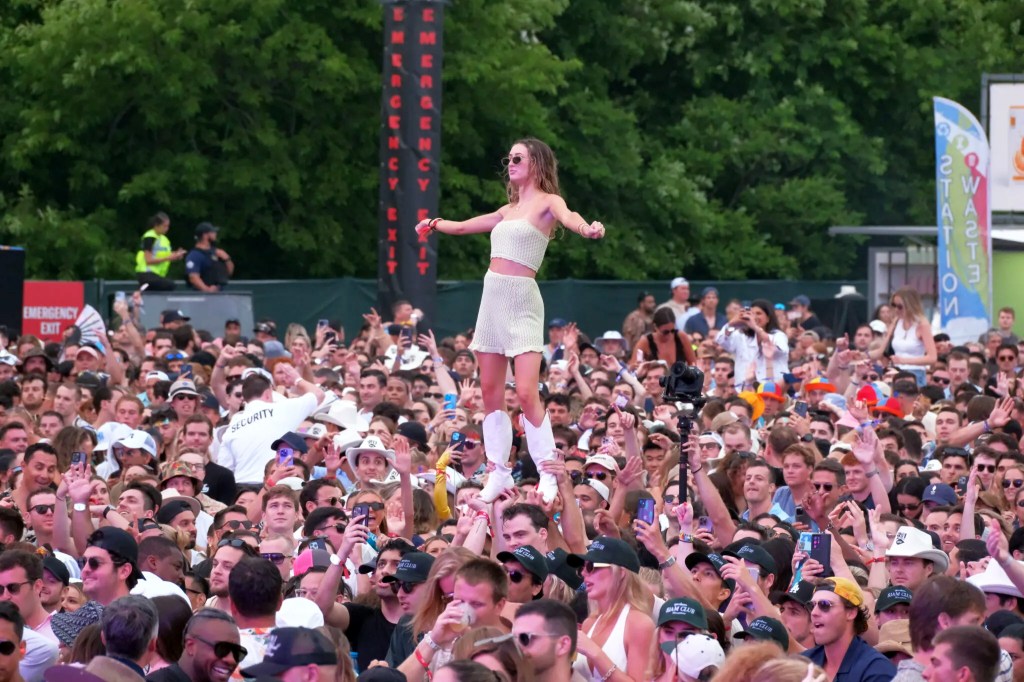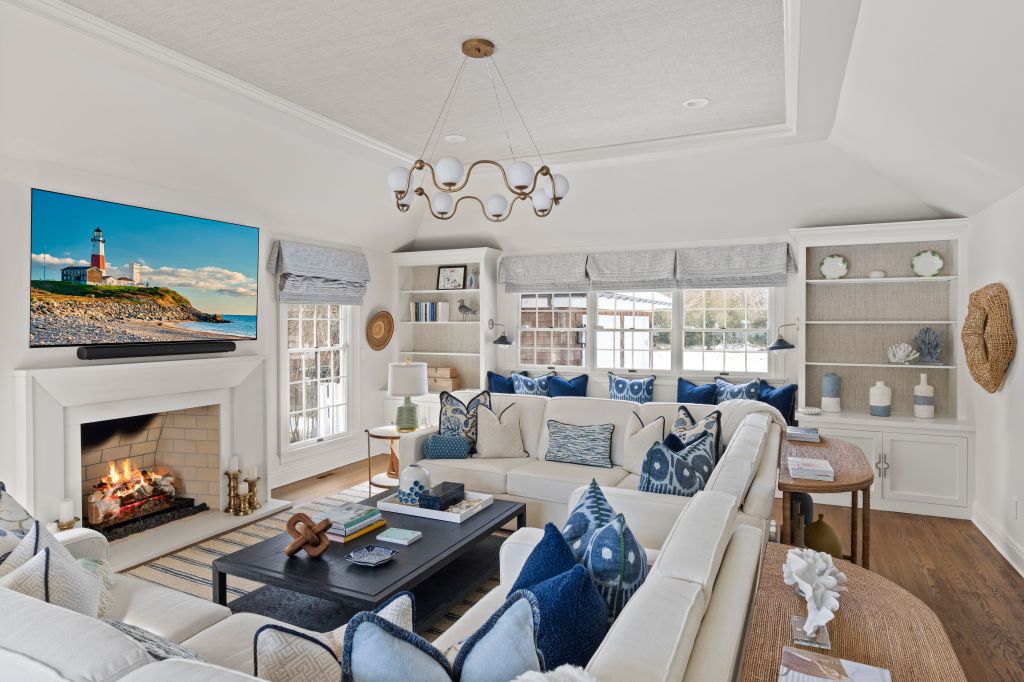Beginning Gardeners Should Start Small
My sister has a vegetable garden but she grows her tomatoes in pots that sit on her driveway. And she grows some tomatoes! The key to her success is large pots, the right amount of sun, the correct soil, some appropriately timed fertilizer, and attention to water. Our parents were gardeners and she was “hooked” years ago. Thanks to careful construction her garden is easy to maintain and very productive, but she has had years to refine gardening techniques and knowledge. Beginning small is the easy way to start.
A reader called me recently asking about vegetable gardening and children. Her 7-year-old son is eager to begin and she’s willing to learn with him. I suggested that before she digs up part of her yard or commits to the expense of raised beds, she might consider growing some vegetables in containers. Growing plants for we-who-have-become-hooked, or even obsessed, is a “many splendored thing.” If we do it well, it can look almost effortless, though it is not. Beginning small will enable the novice to start the learning process and if he/she eventually loses interest, the experiment can be stopped with the yard intact and minimal outlay of effort and expense.
Many plants can be grown in pots and many things can be used as pots. Almost without exception, if a container is clean, it can be planted: terra cotta and glazed pots, window boxes, wooden boxes, wire and wooden baskets, whiskey barrels, empty cans and even some plastic bags are among the possibilities. Imagination and experimentation are in order. The size of the container just needs to be appropriate for each type of plant. Large plants like tomatoes and eggplants need large pots, 20” – 22” for each plant. Peppers, especially hot peppers can grow in smaller ones, 18” – 20”. Lettuces can grow in window boxes. If in doubt, use a container larger than you think necessary.
Pots should be located in plenty of sun. They can be moved as needed but the large ones might require the help of a hand truck. Locate a water source as close as possible.
Regardless of the intended plant, do not use garden soil. One part compost with 2 parts potting soil is the thing. Some organic /natural fertilizer should be added.
Most vegetables can be grown in containers but bush varieties (tomatoes, beans, squash, and cucumbers etc.) are easiest. For the more daring, vine beans, indeterminate tomatoes and vine cukes on bamboo poles are possible. Lettuces and radishes are almost fool proof if attended to. Most herbs are happy in containers. Very large pumpkins are difficult and require a very large pot but I would try some smaller pumpkins, especially for children.
When choosing plants, grow your favorites. Fresh herbs outside the kitchen door are great for cooks and varieties not available in stores are a real treat. Lettuces, radishes and peas can be planted as early as the middle of March. If a freeze threatens, the pots can be brought inside for the night. Plant your other choices as the plants become available in the local garden stores. Using small plants is easier than growing from seed, though the selections are much more limited. You might start this way and use seeds next year.
Remember to fertilize about every two weeks with a balanced organic/natural fertilizer. Water generously when you put your finger into the soil and it is dry up to your second knuckle. In warm weather, you will need to water more frequently.
Jeanelle Myers is a professional gardener, landscaper and consultant. For gardening discussion you can call her at 631-434-5067.



